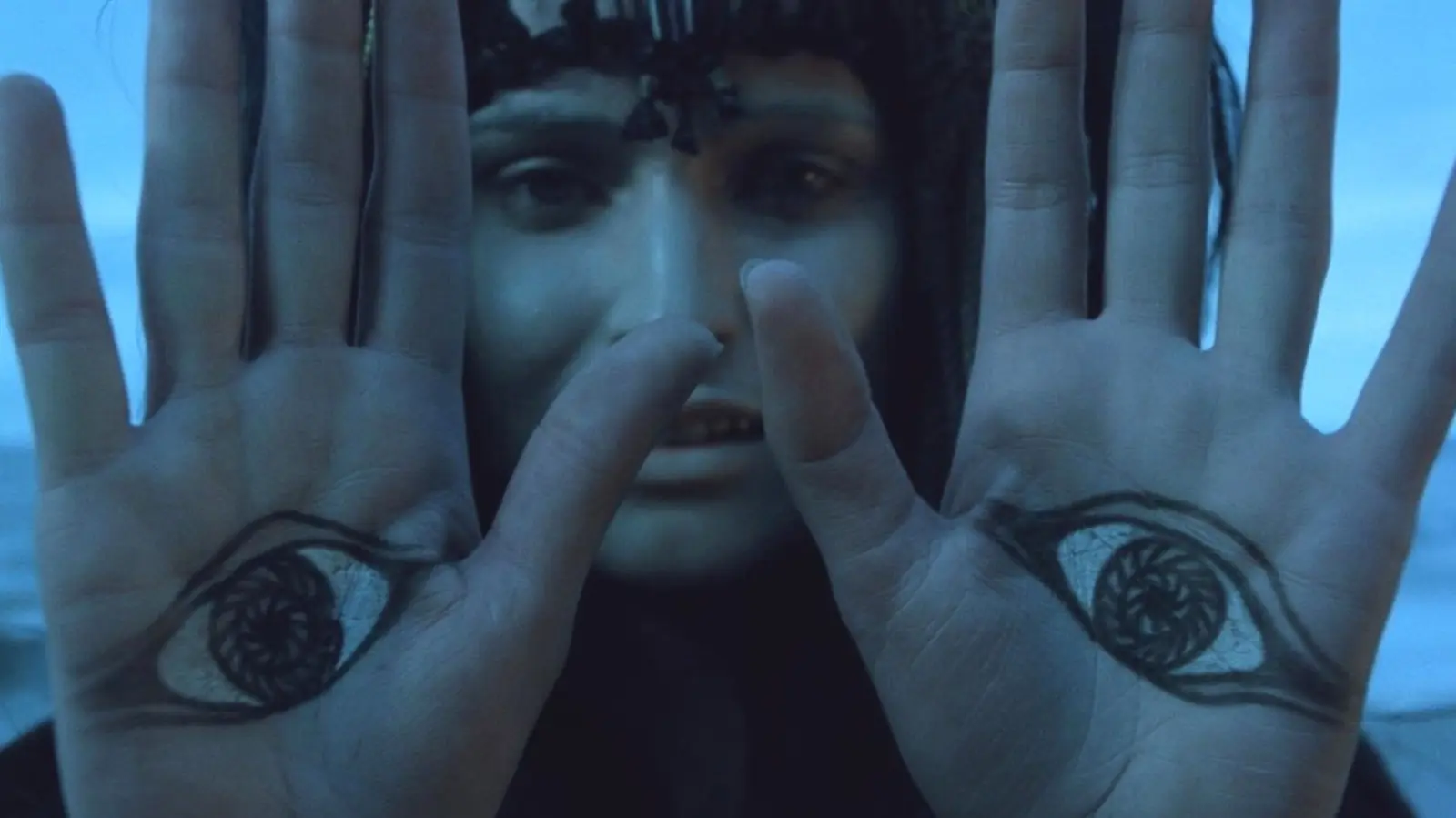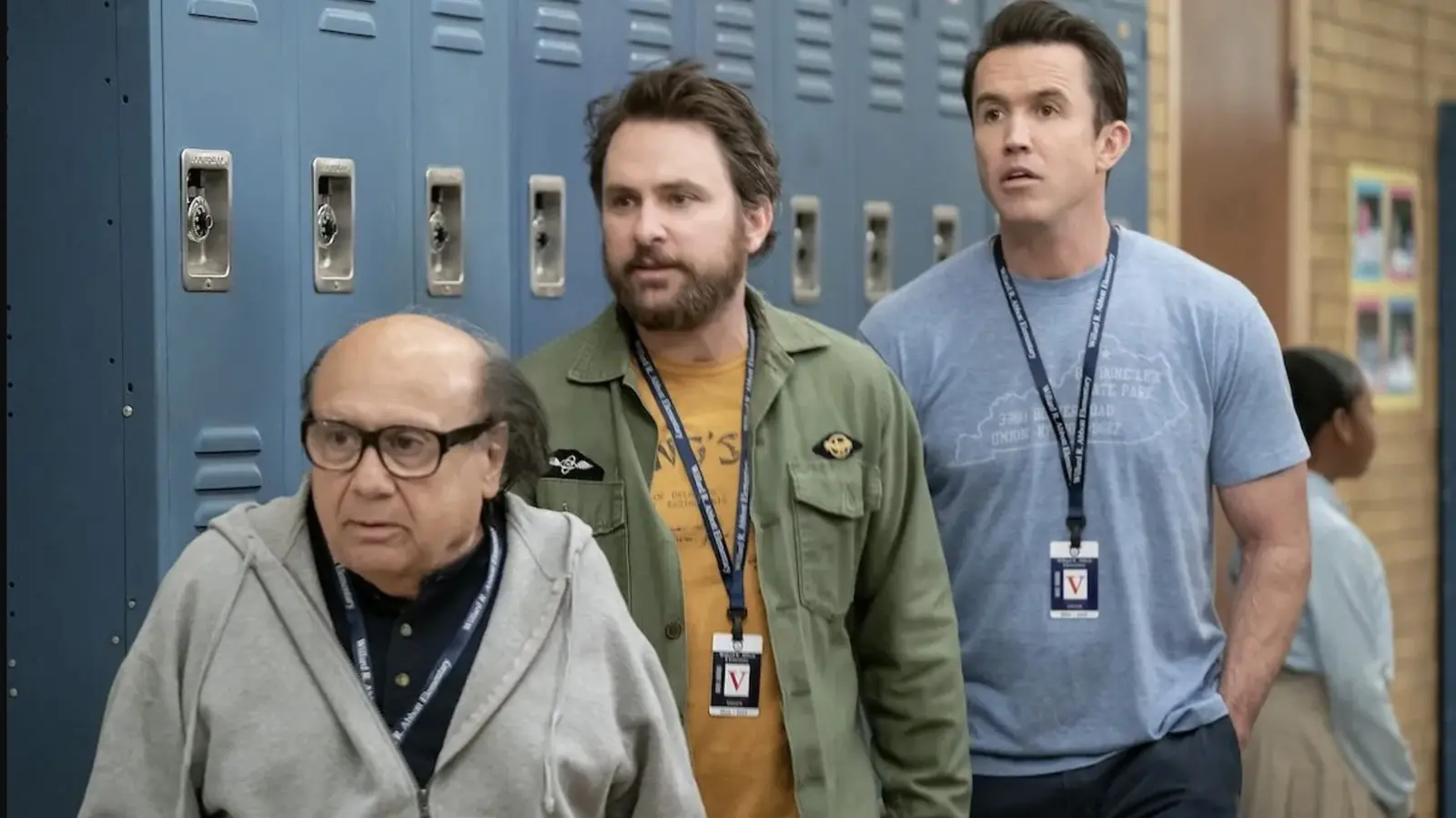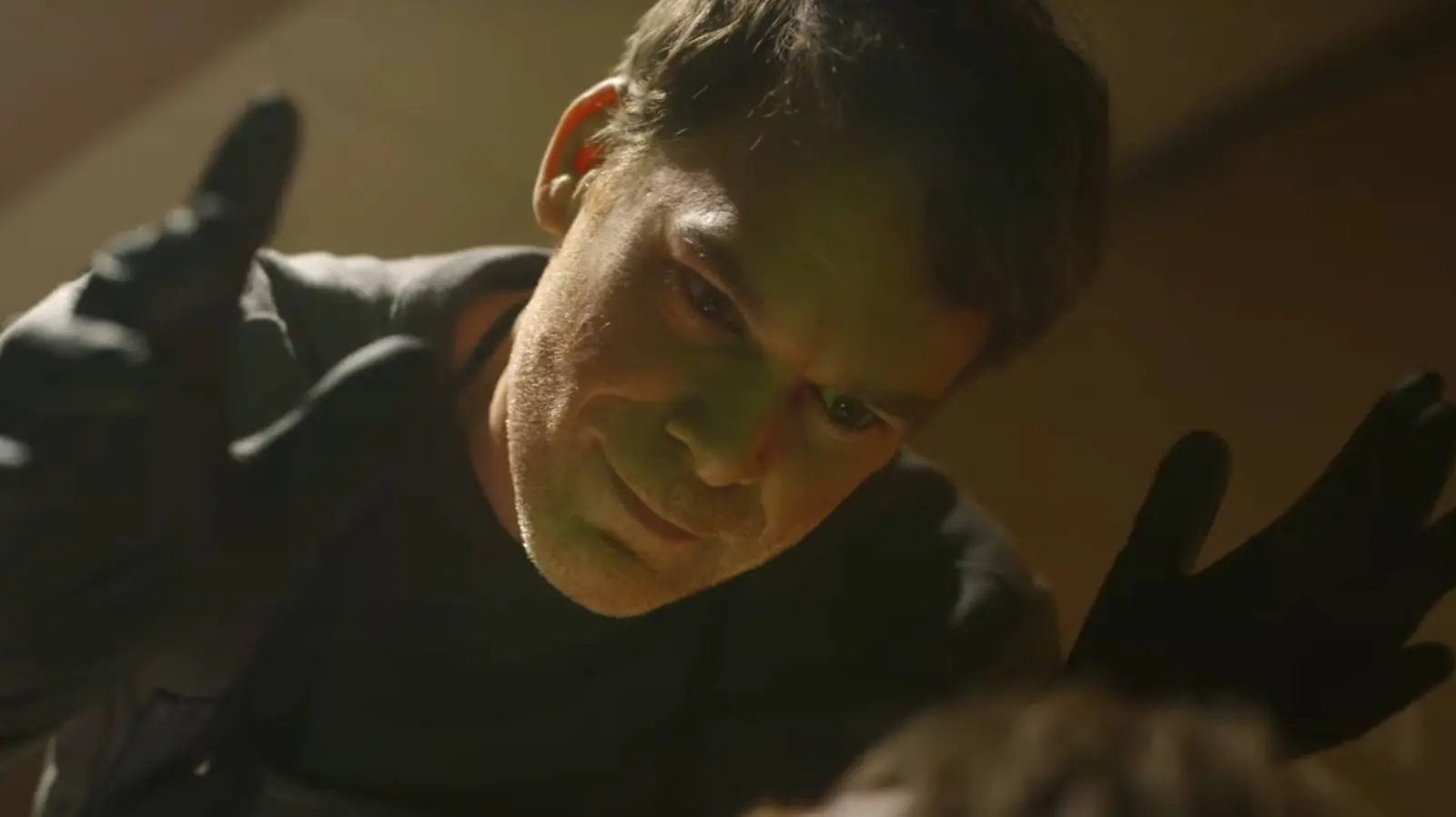The landscape of cinema is adorned with films that could have shifted the paradigms of their respective genres, left unfinished or significantly altered due to various circumstances beyond creative control. One such film from the 1970s stands as a testament to what could have been a transformative experience in science fiction—a genre that thrives on pushing boundaries and challenging societal norms. Andrzej Żuławski’s ambitious project, shrouded in controversy, faced premature dissection, leaving cinephiles around the world to wonder about its potential impact.
Żuławski, a director known for his unapologetic approach to storytelling and a penchant for exploring profound themes, embarked on creating a sci-fi opus that was unlike anything the genre had seen before. Drawing inspiration from his grandfather Jerzy Żuławski’s 1903 novel, “The Lunar Trilogy,” the film aimed to explore existential and philosophical questions through a sci-fi lens. Żuławski was intent on crafting a narrative that not only entertained but also engaged audiences in a dialogue with deeper questions about humanity, society, and our place in the universe.
However, Żuławski’s vision was met with resistance. The socio-political climate of the 1970s, particularly in Poland where the film was being made, led to governmental intervention. Authorities were wary of the film’s underlying messages, perceiving them as a potential threat to societal norms and the existing political order. This apprehension was due, in part, to the film’s allegorical nature and its commentary on autocratic governance and societal conformity. Consequently, production was halted, footage was seized, and the project was left incomplete. A cinematic opus was thus reduced to a collection of fragmented scenes, depriving audiences of what could have been a seminal work in science fiction.
The idea of a film being censored because of its themes is not new, but Żuławski’s project stands out because it shines a light on the intense fear that art can inspire in those in power. When authorities clamp down on creative expression, it is often a testament to the power of the art itself. The very interference that stifled Żuławski’s work ignited curiosity and heightened the film’s legacy in cinema lore.
Beyond its conceptual gravitas, the film was also lauded for its ambitious visuals. In an era where practical effects reigned supreme, Żuławski and his team employed innovative techniques to create a visually immersive experience. The film’s designs drew from avant-garde architecture and surrealist art, which was intended to transport audiences to an otherworldly yet strangely familiar realm. However, most of these efforts went unseen by the public, adding to the mystery and allure of this unfinished masterpiece.
The impact of this incomplete project transcends its own thwarted existence. By pushing the envelope in its narrative and aesthetic aspirations, it has become a symbol of what science fiction can achieve. It illustrates the genre’s capacity to question and reflect societal conditions, engage with philosophical questions, and imagine futures that challenge the status quo. More than simply entertainment, sci-fi can be a mirror and a lens—a way to explore human fears and hopes in speculative, often dystopian, settings.
Żuławski’s film serves as a reminder of the fragility of artistic endeavors in the face of authoritarian oversight. Yet, it also underscores the resilience of compelling ideas that refuse to be silenced. In the years following the cessation of his project, pieces of the film have surfaced, allowing audiences glimpses into what might have been. These fragments continue to provoke thought, incite intrigue, and inspire filmmakers to pursue bold narratives unafraid of potential repercussions.
The story of this unfinished sci-fi film is also a narrative of resistance and resilience. It acts as both a caution and a call to arms for filmmakers and audiences alike. Creating art within oppressive systems poses notable risks, yet it is often in these environments that the most poignant and revolutionary ideas spring forth. Żuławski’s work, though incomplete, has spurred a legacy that encourages new generations of auteurs to confront challenge with creativity, courage, and willingness to disturb the comfortable.
In retrospect, the film’s journey through time serves as an intriguing study of how art, politics, and society intersect and clash. It invites reflection on the role of government as both a facilitator and adversary of the arts. Moreover, it underscores the notion that efforts to suppress art can magnify its impact and relevance, breathing new life into its timeless themes and messages.
Żuławski’s vision, though obscured and fragmented, remains a pivotal moment in the trajectory of science fiction. While the movie was never completed in the form initially intended, its story continues to resonate. It serves as an emblem for pioneering creative endeavors and remains a touchstone for those believing in the transformative power of cinema.
As we continue to examine the intersections of creative expression and political oversight, Żuławski’s unfinished symphony of science fiction asserts its presence in history. It intrigues and inspires, reminding us of the possibilities inherent in storytelling, and the boundless horizons that the genre of science fiction spans when liberated from constraints. Indeed, in its incomplete glory, the film may have already accomplished exactly what it was meant to do—push boundaries and ignite the imagination.






